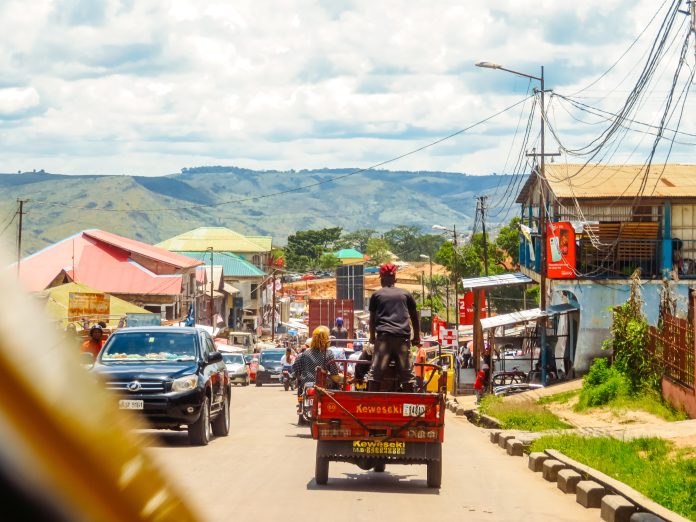Recent violence in the Eastern Democratic Republic of the Congo (DRC) has led to serious consequences for the population, with thousands of people killed or injured, critical health infrastructure destroyed, and an escalating humanitarian crisis, the World Health Organization (WHO) reported
The situation in North and South Kivu provinces is especially alarming, with health facilities overwhelmed by casualties and communities suffering from a lack of essential services.
The impact on health facilities
Since late January, at least 3,082 people have been injured, and 843 have died in and around Goma, North Kivu. In South Kivu, the violence has also spread, with 65 reported injuries in just three hospitals.
These numbers are expected to increase as more victims are found and brought to health facilities.
The destruction of medical supplies and the overwhelming demand for care have put immense pressure on already strained healthcare systems. Many health facilities in the region are struggling to operate or have been completely destroyed, while ambulances have also been damaged or blocked from reaching affected areas. In some cases, health workers have had to flee, while others are working under life-threatening conditions, often with inadequate resources.
Neglected health needs
The conflict impacts not only emergency care but also routine services. Chronic illnesses such as diabetes, hypertension, and cancer are being neglected due to a shortage of medicines and an overburdened workforce. The situation is particularly alarming for pregnant women, who face an increased risk of death during childbirth as violence prevents them from accessing safe delivery services.
With the destruction of health infrastructure, the region also faces heightened risks of infectious diseases. Cholera, malaria, measles, and tuberculosis are all major threats, with the disruption of water supplies in Goma worsening the situation. Nearly 600 suspected cases of cholera have already been reported in North Kivu, and the spread of other diseases remains a serious concern.
The ongoing outbreak of pox, which has already been declared a public health emergency, is also worsened by the violence. People who are infected with the virus are fleeing the region, which makes it almost impossible for health authorities to provide treatment or prevent its spread.
The humanitarian impact
With over 2 million people in Goma, including 700,000 displaced by the ongoing violence, thousands are living in temporary shelters without access to clean water or sanitation. The conditions in these camps are causing widespread concern, as the lack of basic services increases the risks of disease transmission.
Gender-based violence is also on the rise, with an alarming number of cases of rape and other forms of abuse among displaced populations. Hospitals in the region are reporting a surge in cases, with many survivors needing both physical and psychological support to recover.
The situation is also being made more complicated by a severe shortage of resources.
WHO has been providing emergency medical supplies, hygiene kits, and tents to help expand hospital capacity, but supplies are running low, and more help is urgently needed. The WHO has also been able to resume mpox vaccinations, but regional disruptions are making it difficult to carry out full-scale health interventions.
One of the major challenges now facing the humanitarian response is the reduction in international aid. The United States, a key donor to the region, recently froze foreign aid, significantly affecting ongoing relief efforts. This comes when the region is in desperate need of medical supplies, humanitarian assistance, and the protection of health facilities.
The WHO has spent over $600,000 to respond to immediate health needs but estimates that a total of $50 million is required for a comprehensive response.











